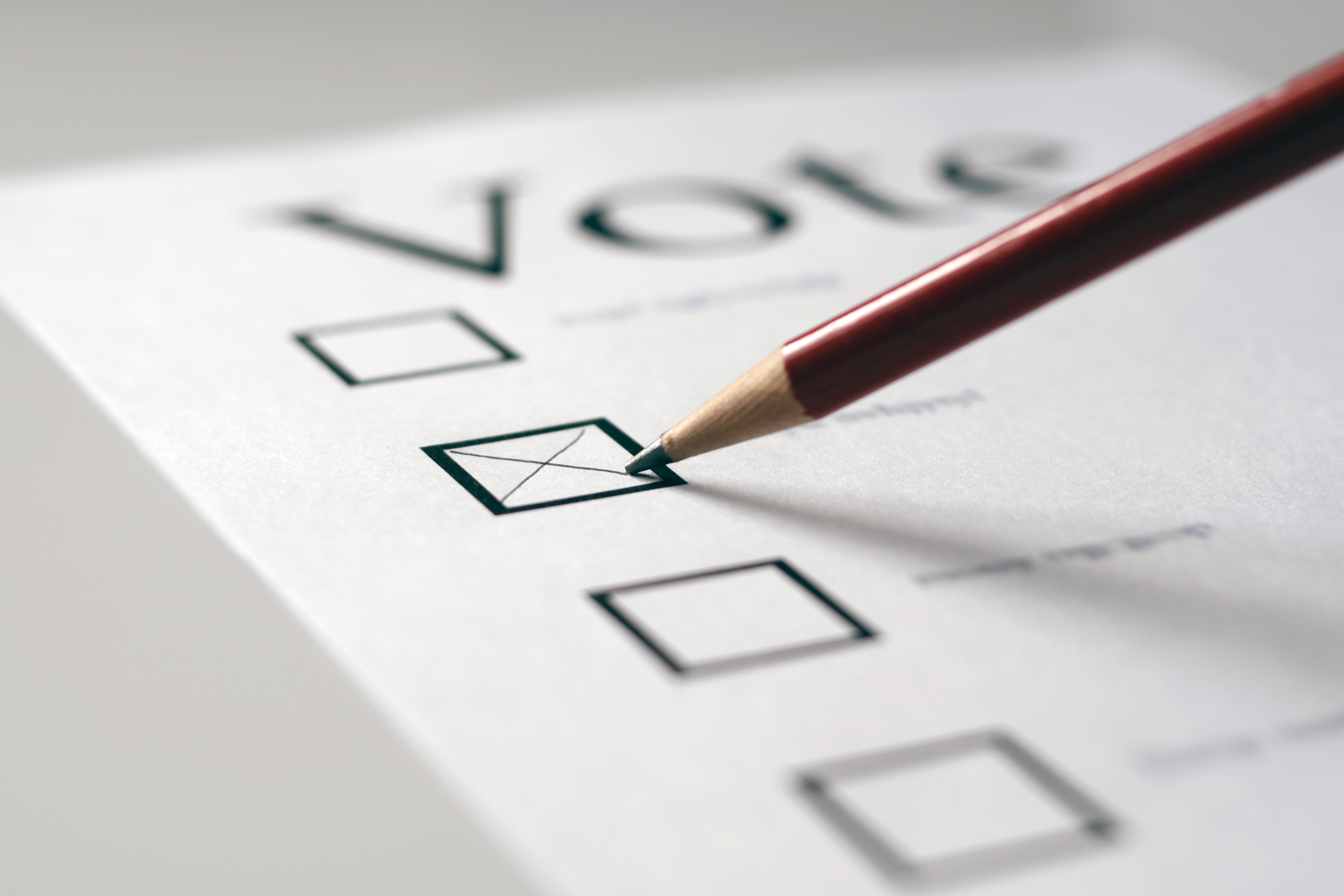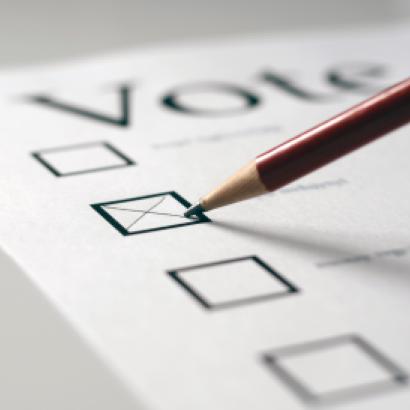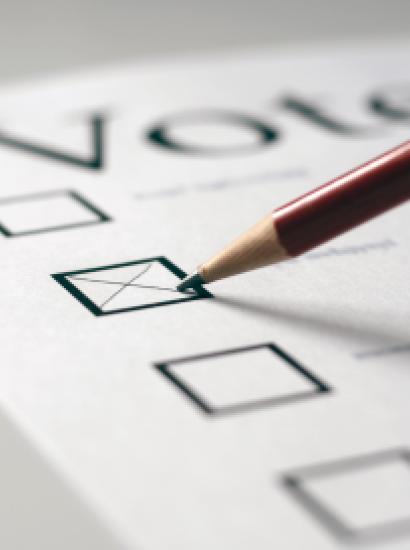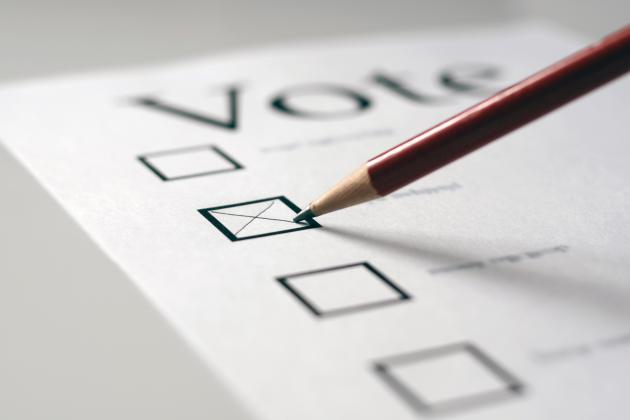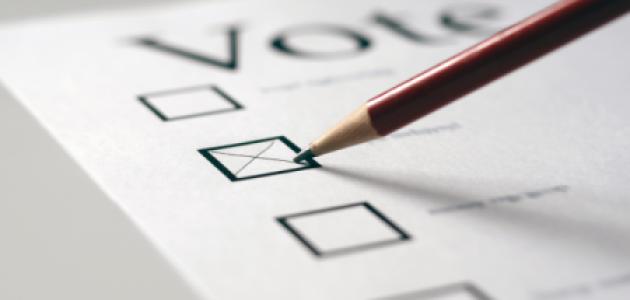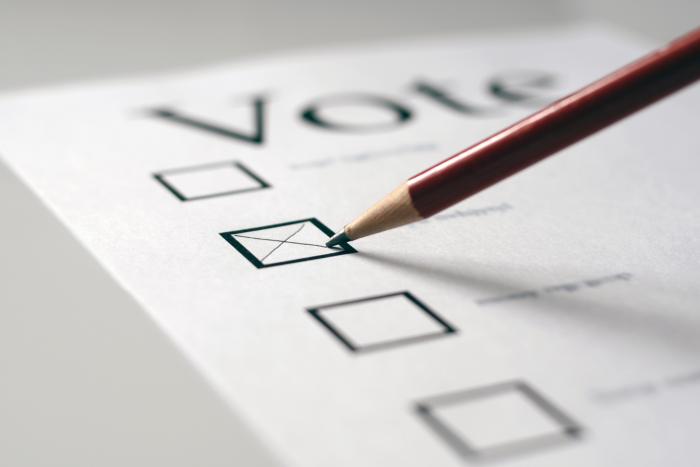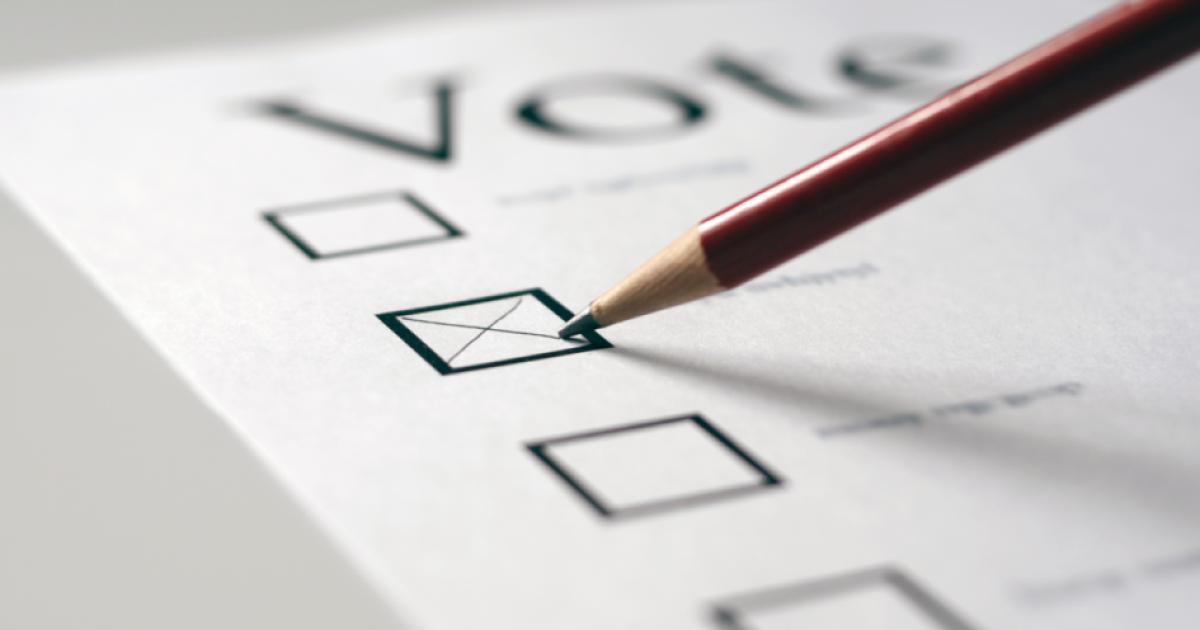On November 8, 2016 Californians will once again have the opportunity to not only elect (or re-elect) local, state, and federal representatives, but also to directly participate in generating public policy. While California’s initiative system is often romanticized, its inflexibility often leads California down a path ripe with unintended consequences and few options for fixing past mistakes.
First adopted in 1911, California became the tenth state to create the initiative system, whereby voters could themselves put on the ballot statutes, constitutional amendments, and referenda. Supported by the progressive movement to blunt the influence of the railroad lobby over the Legislature, California’s version of direct democracy has led to some of the Golden State’s most notable – and infamous – policies, such as Proposition 13, medical marijuana legalization, the death penalty, and California’s abbreviated period of banning same-sex marriage. And Californians love their direct democracy. In a March 2013 PPIC survey, 62 percent of likely Californian voters were very or somewhat satisfied with the initiative process and 72 percent of likely voters said they thought it was a good thing “that a majority of voters can make laws and change public policies by passing initiatives.”
And in 2016, Californians will have to make a decision on at least seventeen ballot measures, including nine state statues, two statute/constitutional amendment combinations, four constitutional amendments, one referendum, and one advisory question. The topics are hefty, ranging from prescription drug price controls to voter approval of revenue bonds to taxes to the death penalty to gun control to regulating plastic bag use to recreational marijuana legalization.
The volume and magnitude of these measures generates a serious question, though. In an era of declining voter turnout, electorates that are largely uninformed on non-Presidential candidates and issues, and a direct democracy system specifically designed to be inflexible, should Californians continue to be vested with such enormous public policy decisions?
Declining turnout
In 2016’s California Presidential primary, 48 percent of registered voters turned out to vote, a drop of 10 points from 2008 – the last Presidential primary featuring two competitive, open contests. Even compared to 2000 – the next most previous Presidential primary with two open (but less competitive) primaries – turnout in 2016 was down about 6 points.
Looking at general elections, we also see a downward trend. In 2014’s general election, 42 percent of registered voters voted, down from 60 percent in 2010, 56 percent in 2006, and 51 percent in 2002. In fact, 2014 was the only general election since California started recording participation where turnout fell below 50 percent. And even for recent Presidential year general elections, we see falling turnout. In 2012, turnout was 72 percent, down 7 points from 2008 and 4 points from 2004. In just two Presidential general elections since Ronald Reagan left office has turnout been lower than 2012’s – 1996 and 2000.
Even though voter registration is at all-time highs, voters appear to becoming less interested in participating in politics. Whether this is because they don’t like the candidates, don’t think their vote counts, or don’t prioritize voting isn’t really that important; what is important is that we are relying on a less engaged – and possibly more partisan and extreme – electorate to make major policy decisions. We cannot expect voters to educate themselves on the issues they are to vote on if they aren’t interested in voting in the first place.
An uninformed electorate
It may be controversial to say, but the average voter isn’t that informed about their non-Presidential candidates and major policy issues. And between voters living their lives and a media less interested in non-Presidential politics – let alone serious policy analysis – it’s hard to blame them. Truth be told, it can be hard for someone who’s employed in the political or policy arena to be 100 percent informed on the candidates and issues. For those who aren’t, it’s understandably even harder to balance their actual job and personal life and educating themselves about hundreds of candidates and complex policy issues.
Moreover, media outlets – largely driven by ratings and advertising dollars – rarely focus on political news not related to the Presidency and major Washington, D.C. events. More problematic, media do a very poor job of analyzing policy issues and debates.
And as a result, even the likeliest of voters – those who are most engaged in politics – find themselves uninformed. In a September 2015 PPIC survey, 15 percent and 11 percent of likely voters had no opinion of their own state representative and their own U.S. Representative, respectively. These may seem like small numbers, but likely voters are the ones we’d expect to definitely have opinions of their elected officials.
This matters because ballot measures are very complex and voters are aware of this. In a September 2008 PPIC survey, 84 percent of likely voters strongly or somewhat agreed that ballot initiative wording is “often too complicated and confusing for voters to understand what happens if the initiative passes.” We are expecting average Californians to both live their typical lives and be full-time legislators. We don’t even expect this of our actual full-time legislators.
A system designed to be inflexible
If negative unintended consequences or just plain bad policy outcomes stemming from passed ballot measures were easily reformed or repealed, having an uninformed and dwindling pool of voters deciding the measure’s fate wouldn’t be a major issue. But that’s the not the case. In fact, California’s direct democracy is intentionally inflexible.
According to Article II, Section 10 (c) of the California Constitution, the State Legislature cannot amend or repeal a passed proposition without voter input – unless said proposition specifically allows for legislative tampering. Considering the whole point of the initiative process is to specifically circumvent the Legislature, very few ballot measures include such a provision.
Thus, to amend or repeal a law passed via the initiative process, the voters have to pass another ballot proposition. This is unreliable. Since 1990, fewer than three-in-ten of the 301 statewide ballot measures presented to voters for consideration would have amended or repealed a previously passed ballot measure. Of those, just about half actually passed. This is expensive. Over the last three elections, the average funds raised by the proponents and opponents of successful amending-or-repealing ballot measures were almost $9 million. Adding those that weren’t successful to the mix increases the average to almost $19 million. This suggests that the successful ones were largely non-controversial changes, something that isn’t always guaranteed.
The Return of the Indirect Initiative?
However, allowing the Legislature to easily tamper with passed ballot measures or eliminating direct democracy entirely both have serious downsides.
If tampering was too easy, Proposition 13’s tax protections would have been eliminated years ago. And while Proposition 13 is far from perfect, it is definitely the best alternative. Moreover, eliminating the initiative system removes an important tool to force reforms on a good-government-lethargic Legislature. Despite Assemblymember Kristin Olsen’s multiple attempts to force transparency on the State Legislature, the ruling Democrats have silently killed her bills. But on November 8, voters can force those good governance reforms on the Legislature via Proposition 54 – the Legislature Transparency Act.
A solution might be the reintroduction of the indirect initiative, which was allowed until 1966’s Proposition 1A abolished it. The indirect initiative allows citizens to qualify a measure for the ballot, but it first goes to the Legislature for consideration. Legislators can then either a) not act on the measure, which sends it directly to the voters, b) pass the measure as written, c) amend and then pass the measure, or d) come up with their own law on the same subject and place both the citizen-initiated measure and the Legislature-written measure on the ballot. Nine states allow some form of the indirect initiative. The indirect initiative would work to alleviate some of the system’s inflexibility in a responsible manner, while also keeping the integrity of direct democracy’s intent.
The indirect initiative, however, doesn’t preclude the necessity of California finding a way to educate voters on the complexities and nuances of ballot measures to ensure they are confident and capable of knowledgably weighing the pros and cons of propositions. This, of course, requires a systematic change in how the Attorney General’s Office writes ballot summaries, how the Legislative Analyst's Office analyzes the measures, and how state and local media outlets report on the propositions. And at the end of the day, if voters don’t feel confident in their understanding of a measure or have doubts about what the measure would accomplish, they should feel okay voting “NO.”

1911 PROPOSITION 7
Placed on the October 10, 1911 statewide ballot by the State Legislature, Proposition 7 amended Section 1 of Article IV of the California Constitution to institute direct democracy. While legislatively referred statutes and constitutional amendments had been allowed, Proposition 7 permitted Californians to qualify and vote on initiatives and referenda. It passed overwhelmingly with over three-fourths of the vote. Since its passage, 379 citizen-initiated propositions have qualified, with the voters approving 123.







